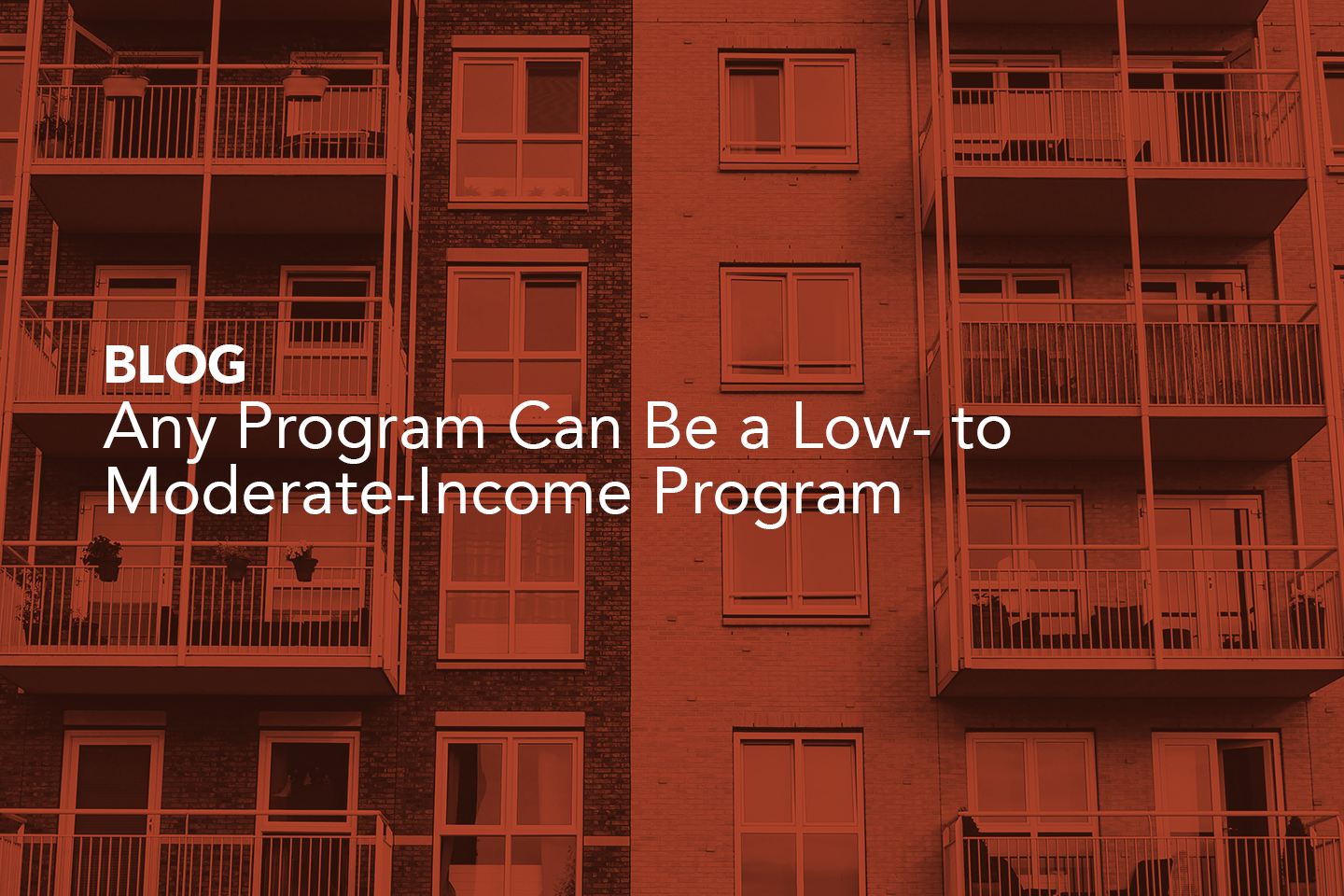Any Program Can Be a Low- to Moderate-Income Program

Day to day, the average family doesn’t give much thought to their energy usage—until they can’t afford it. And by then, sometimes it’s too late.
This is the reality. Which is why it’s so crucial for utilities to better identify, reach and serve their most vulnerable customers. Integrating low- to moderate-income (LMI) programs into utilities’ existing residential portfolios may prove to be the solution.
Over the past 30 years, the industry has made the delivery of LMI programs incredibly complicated. Both through legislative actions, such as 2008’s Act 129 in Pennsylvania, and through established infrastructure. By building on the success of residential programs that are already in place, we can help streamline the process for utilities and customers alike. And given the current economic climate, there’s no better time than today.
While it may seem like more time and effort than it’s worth building out substantial LMI programs—particularly since LMI households can be a challenge to engage with—it’s not as difficult as it may seem. We should know: In 2019, we helped our utility partners deliver $27 million in savings to low-income customers through targeted LMI programs.
With the right measures in place, any program can be an LMI program. And with a few specific changes, a typical LMI program can be expanded to reach a far broader audience, potentially changing thousands of lives and helping families across the country at a time when they need it most.
Our most effective LMI programs have all shared these key characteristics:
Targeted: An analytics-based approach allows you to target customers based not only on their rate type with the utility, but through energy usage data, housing characterization, and census track data to determine probable income levels. In some programs, distance from schools that have a high percentage of students participating in reduced-cost lunch programs can also be a helpful indicator.
Simple: LMI programs—and the materials associated with them, both print and digital—should be straightforward and easy to understand. Remember, when you’re having trouble putting food on the table, energy efficiency is the last thing on your mind. Marketing and intake materials need to be simple and direct but also heartfelt and understanding, meeting customers where they are.
Reasonable: We all know how it goes. To qualify for an LMI program, many households have to go out of their way to produce documentation that, with their already busy lives, can be difficult to obtain. Where possible, use existing documentation that’s already on-hand or accessible through a state or local government.
These are just three of the most important factors to keep in mind when launching or delivering an LMI program in today’s market. They will help increase the success of the program and expand its impact on the community. LMI families stand to benefit the most from energy efficiency improvements, but we as an industry have to get better at engaging them and helping them understand the benefits of these programs, and of efficiency more generally. There’s never been a better time.
To learn more about adapting LMI to fit any program and how best to deliver these programs to income-eligible households, sign up for our webinar, Unlocking LMI Potential: A TVA Home Uplift Success Story, taking place on December 16th, 2021. Hope to see you there!

Any Program Can Be a Low- to Moderate-Income Program
Case Study: Any Program Can Be a Low- to Moderate-Income Program